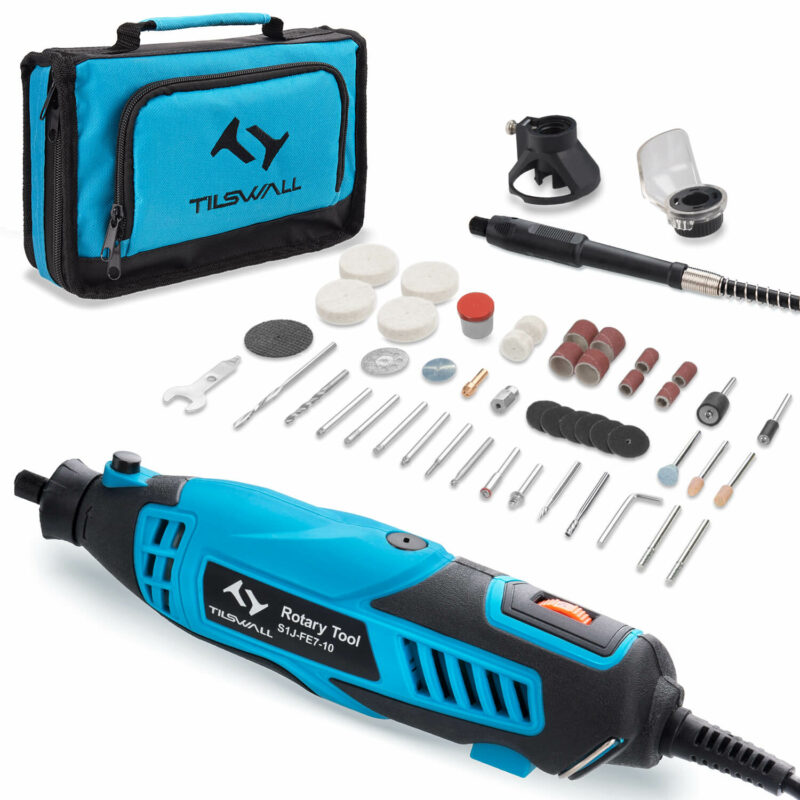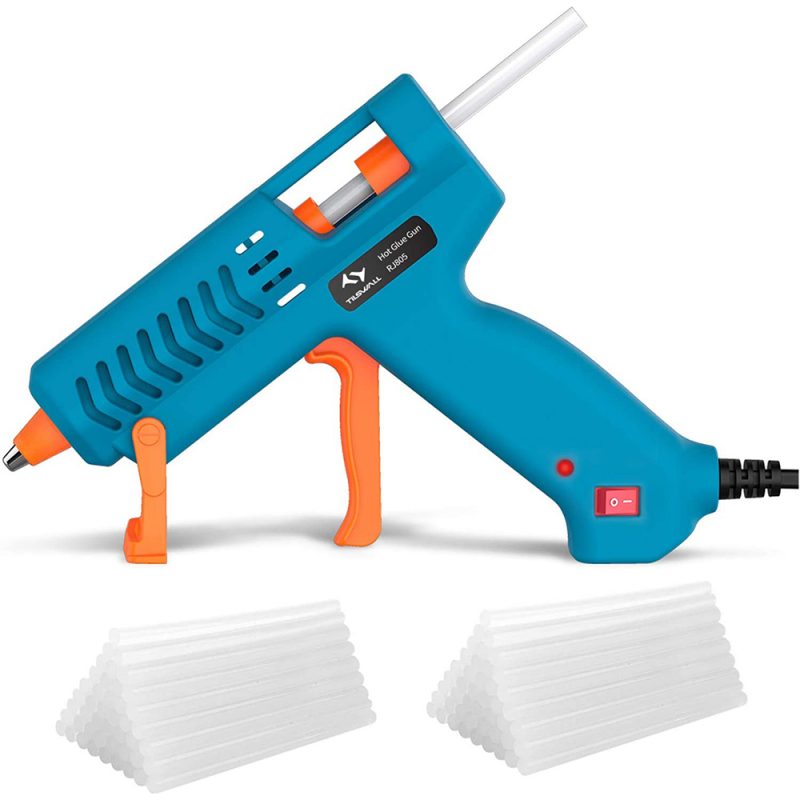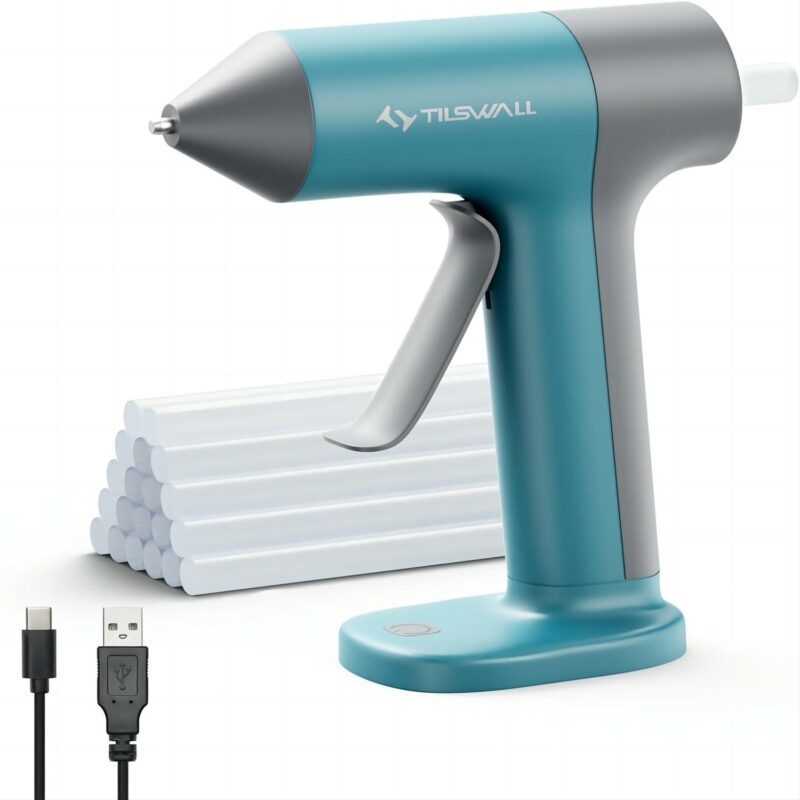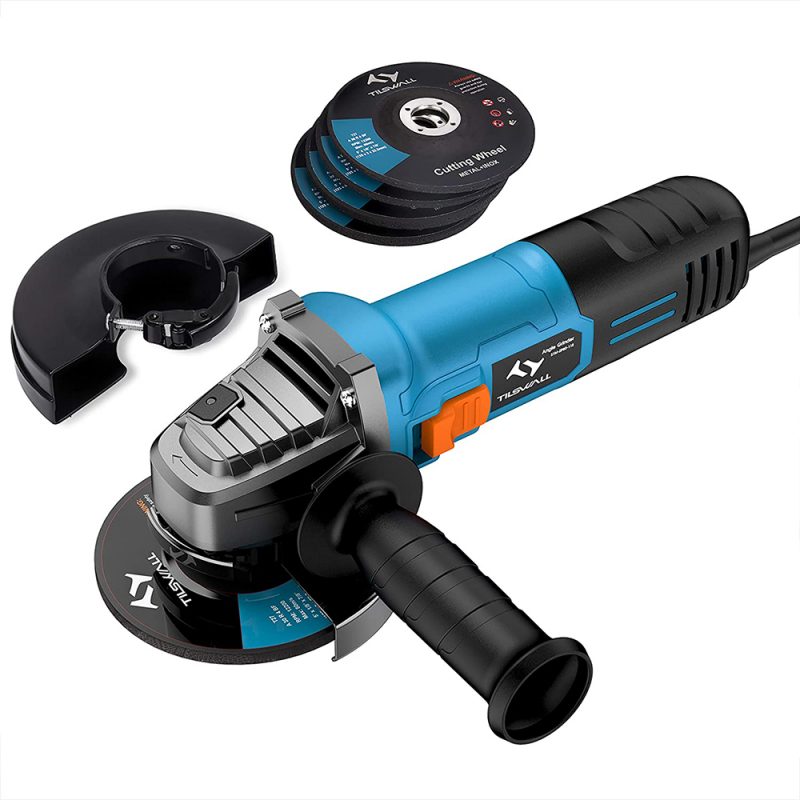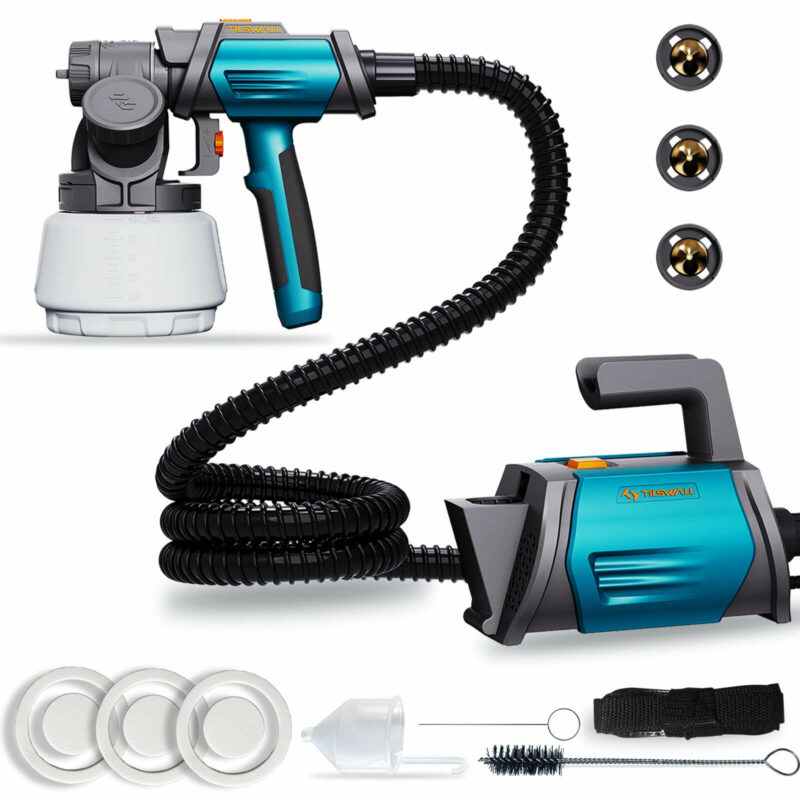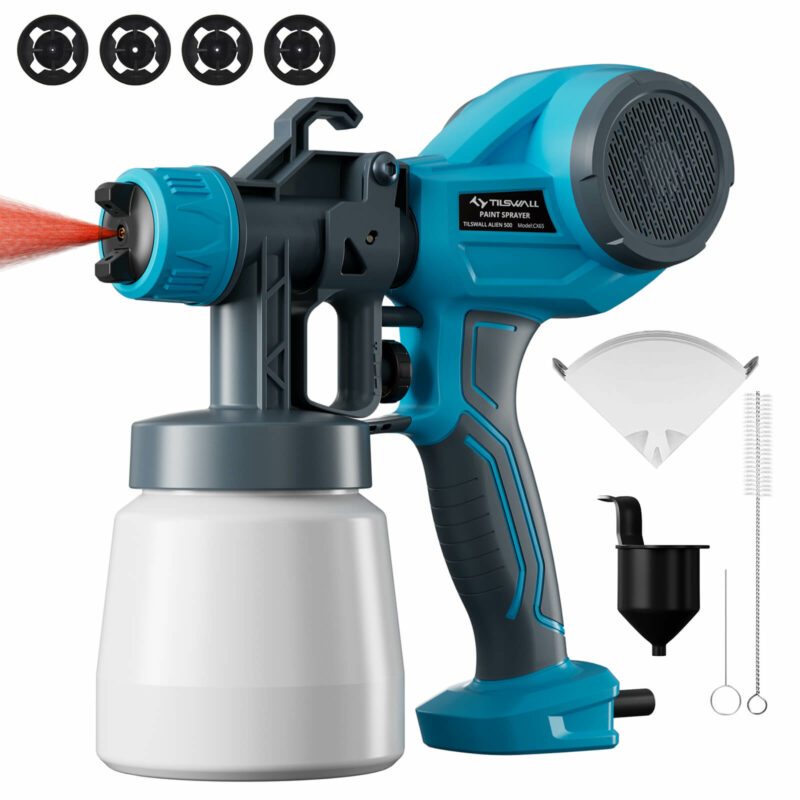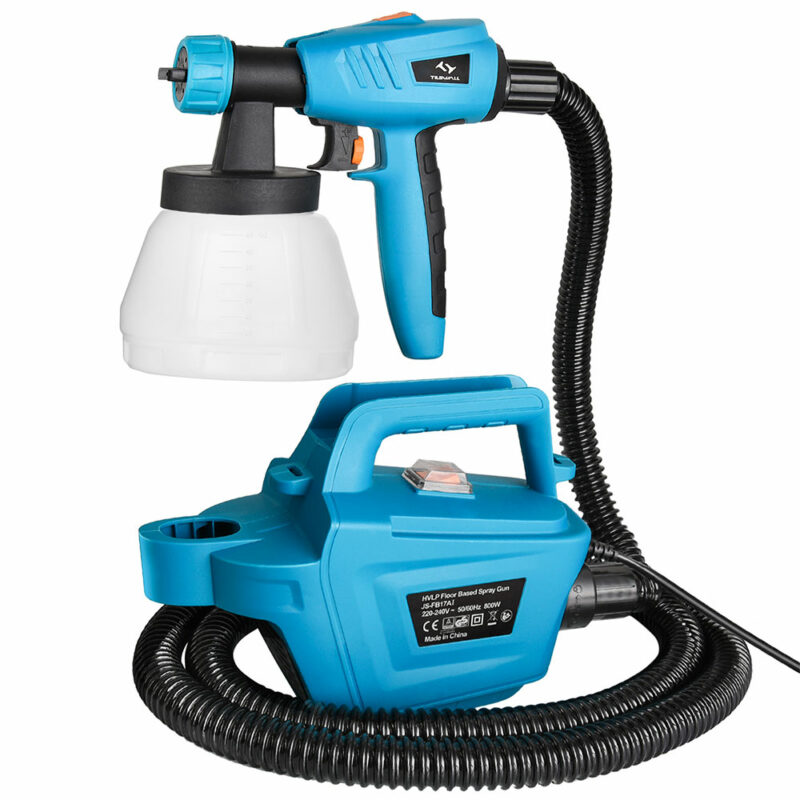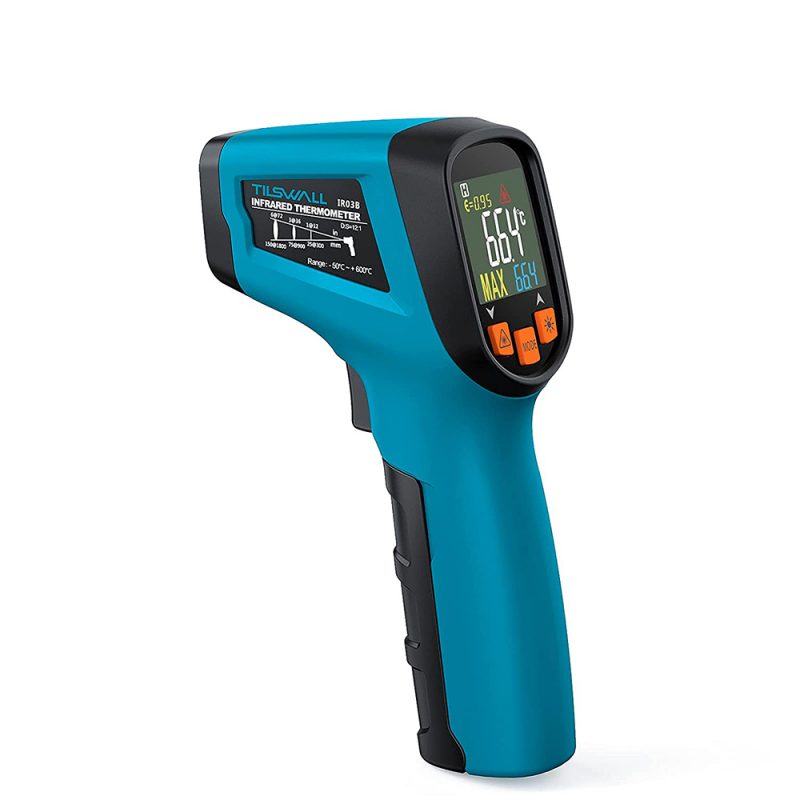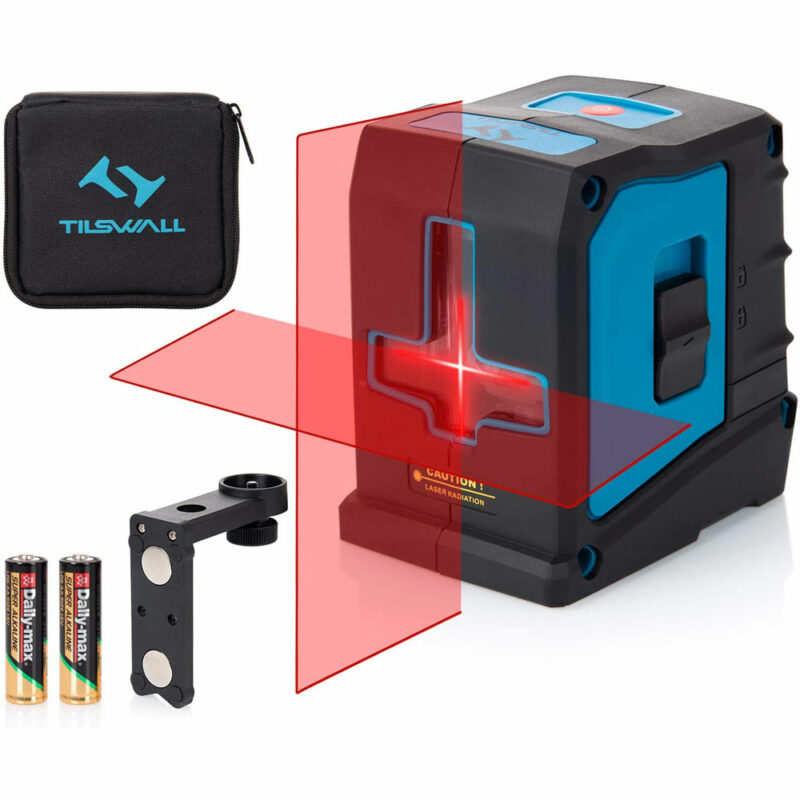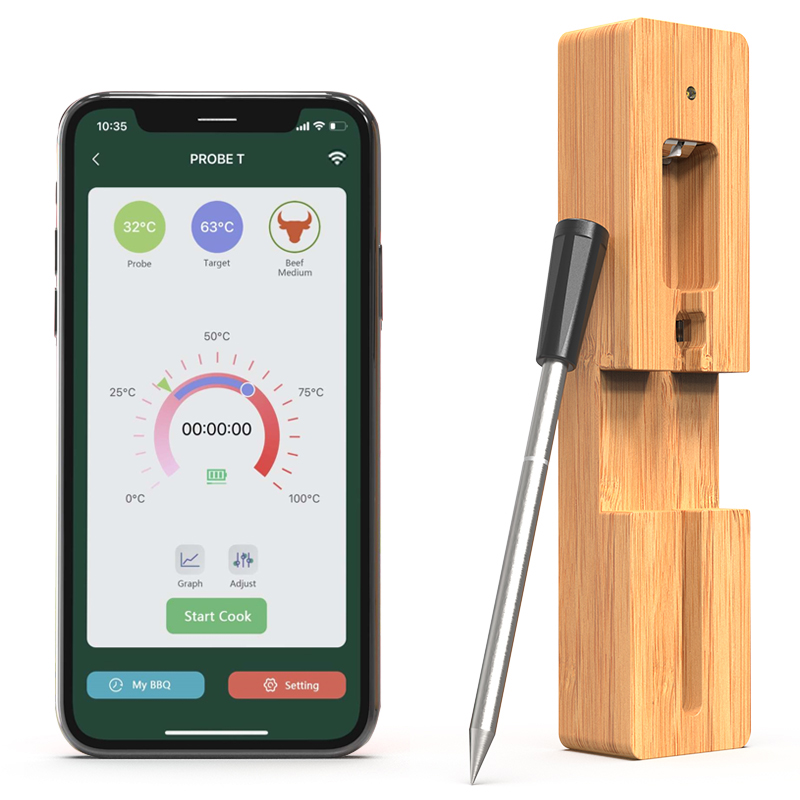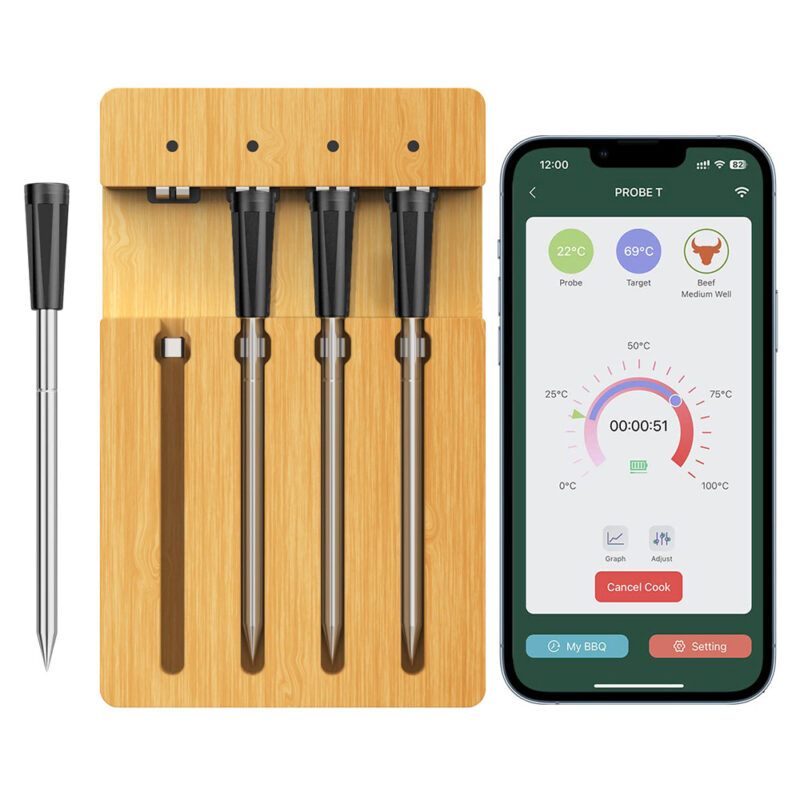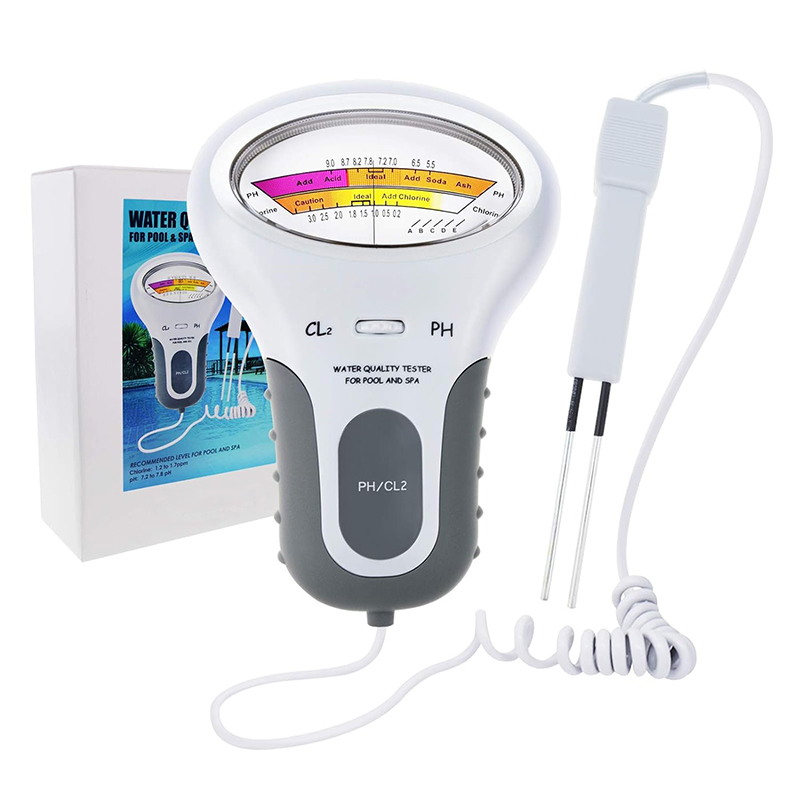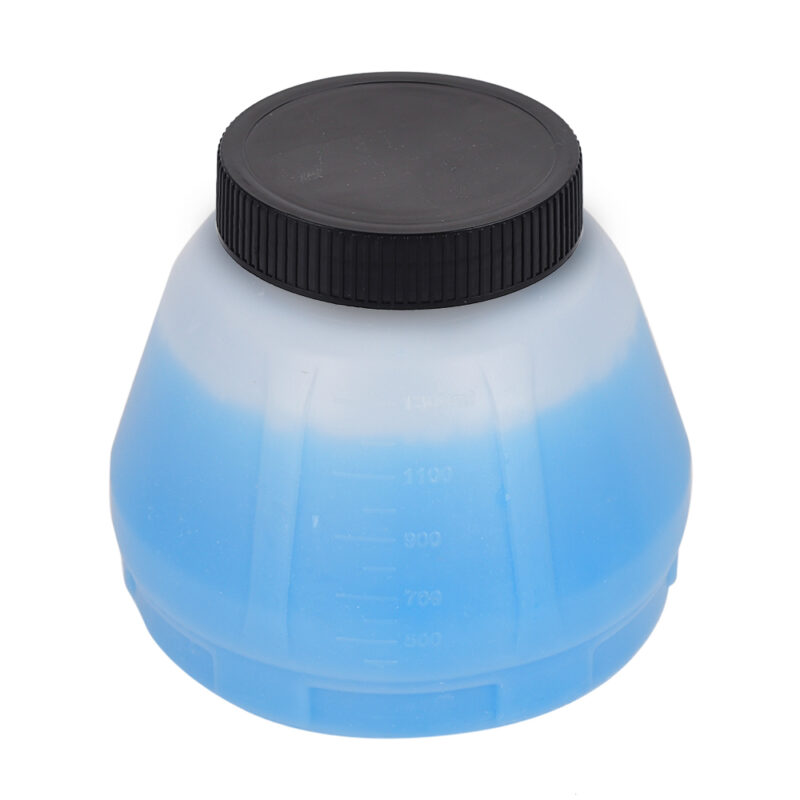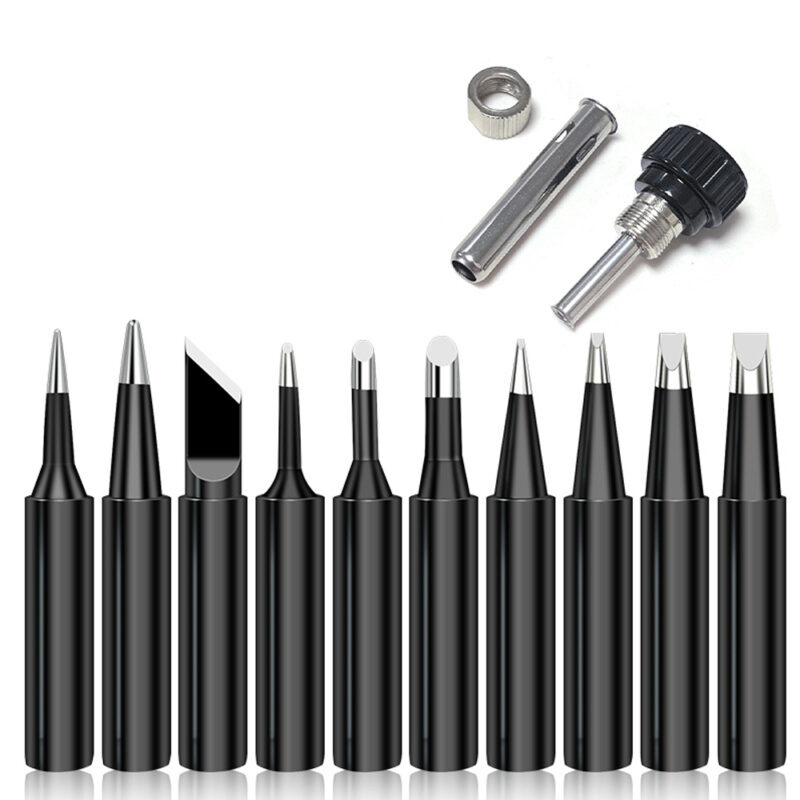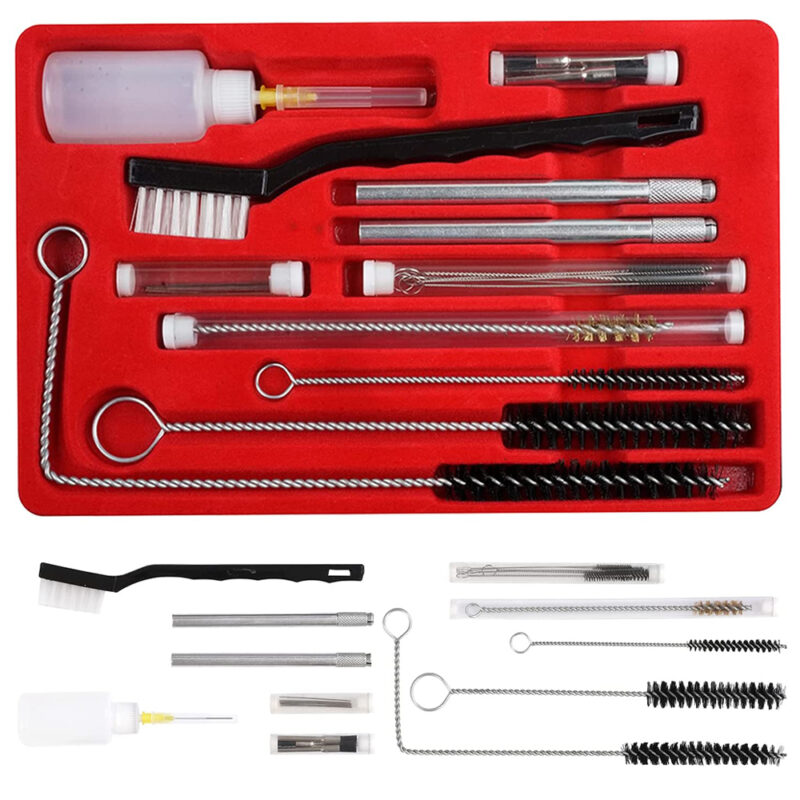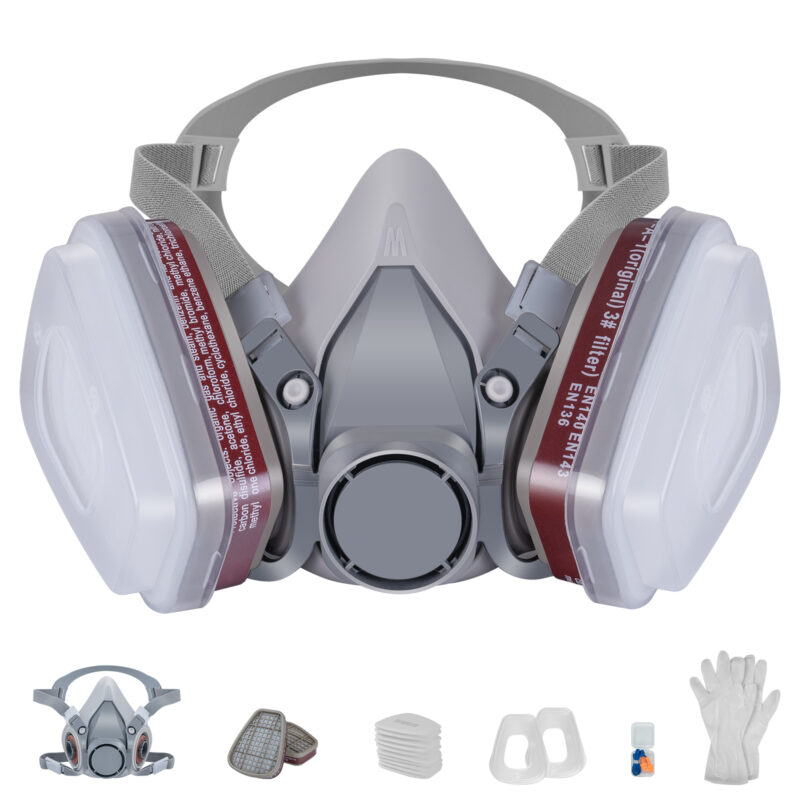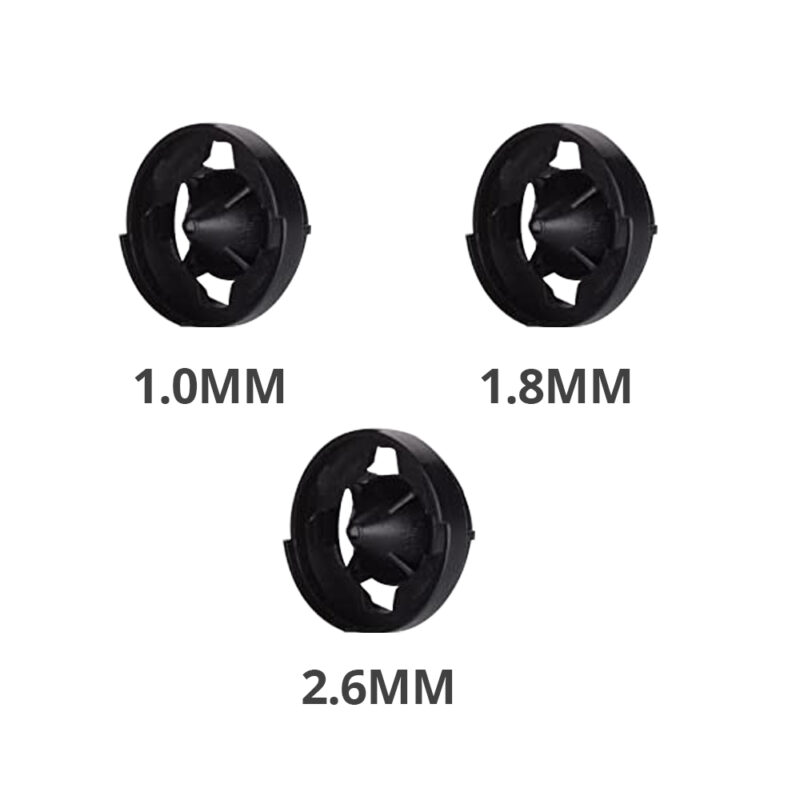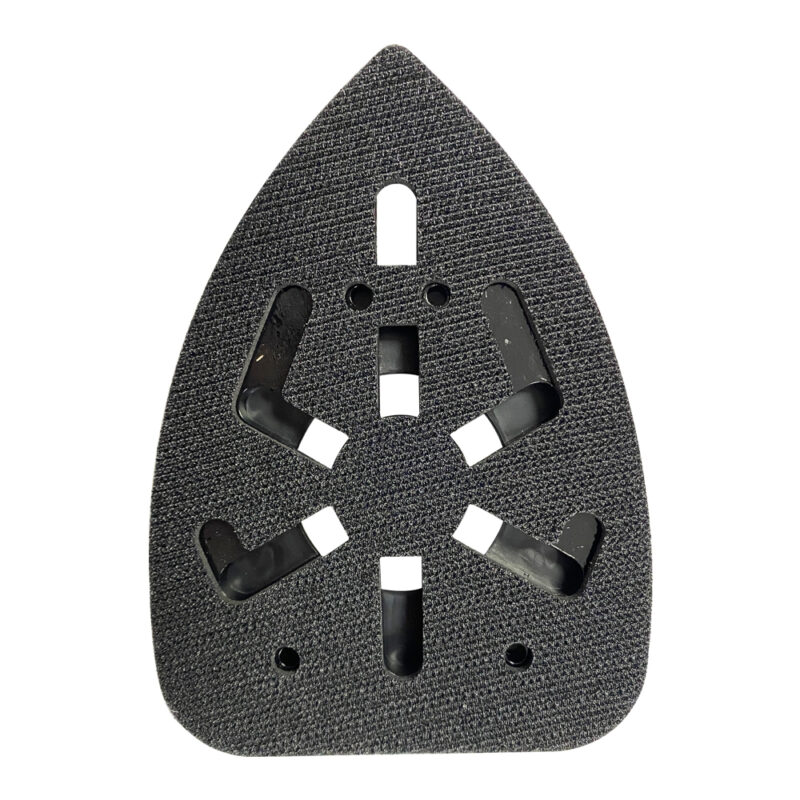metal detector
How to Use a Metal Detector: Steps, Tips, Maintenance
What is a metal detector?
A metal detector is an electronic instrument that detects the presence of metal in the surrounding area. Metal detectors can be used to find metal inclusions within objects or buried metal objects in the ground.
A metal detector usually consists of a hand-held device and a sensing probe that sweeps across the ground or other objects. When the sensor comes close to a piece of metal, the headset emits a transforming tone or the pointer moves inside the indicator. Normally, the detector will indicate the metal distance. The closer the metal is, the higher the tone in the headset or the higher the pointer in the indicator.
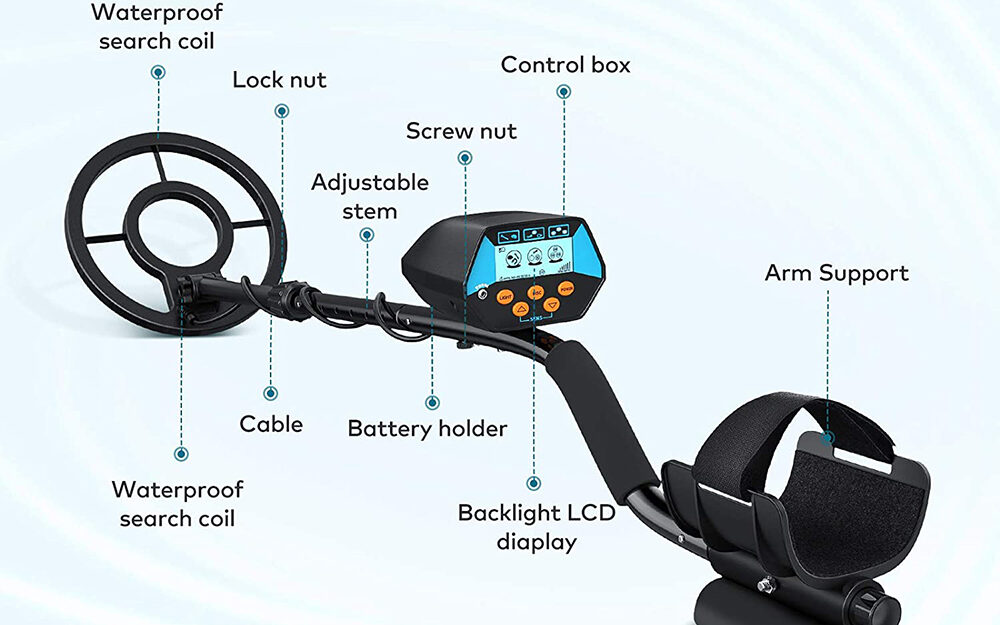
How metal detectors work?
The metal detector consists of two parts, the detection coil, and the filter circuit. The detection coil is the core part of the detector. When the coil is energized, it generates a magnetic field. The presence of metal in the magnetic field causes the magnetic field to change, thus determining the presence of metal impurities.
How does a metal detector work?
How to set up the metal detector?
1. Adjusting the length of the detector rod
Before using the detector, you need to adjust the length of the detector rod.
First, turn the black rubber pass loose and push and pull the rubber pass casing to the appropriate length.
Then rotate the rubber inner tube so that the cable is wound tightly and the tip of the handle is facing upwards.
Finally, turn the black rubber pass tightly and lock the rubber pass sleeve in place. This way, the detector handle is held in hand with the thumb right next to the sensitivity adjustment potentiometer.
2. Sensitivity of the metal detector
When adjusting the metal detector’s sensitivity, the detector disc (oscillating coil) should be kept away from metal, including paper with aluminum foil.
Then turn the sensitivity trimmer potentiometer knob to turn on the power switch and rotate it halfway to the position.
3. Setting of the ground balance
Set the detector to all-metal mode and then activate the automatic ground balancing function by pressing and holding the GG button. Release the button when the detector disc moves on the ground making a sound out.
Then adjust the coarse adjustment potentiometer knob to stop the speaker audio squawking.
Finally, fine-tune the fine adjustment potentiometer again so that the speaker barking stops just short. The sensitivity of the metal detector is highest at this time. When using the metal detector to detect metal, the speaker will sound when the detector disc is close to any metal. The barking stops when you move away.
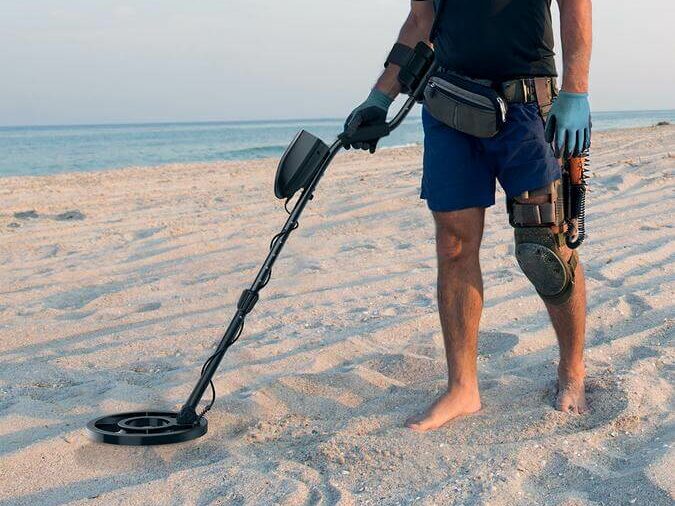
How to use the metal detector?
- Start by turning on the power switch of the central unit and setting the controls.
- The value displayed at the bottom right of the central unit indicates the value of the item you wish to change.
Tips: For newcomers to metal detecting, it is best to start at the lower values of GAIN and THRESHOLD, as this will result in less noise. Set GAIN to the noon position or slightly more bass and then set THRESHOLD to a shallow background hum position or develop a silent detection.
Because of the different ground environments, there are places where a ground reaction can occur. The metal detector will alarm no matter what position it is placed in, in which case the ground balance needs to be adjusted to remove the interference.
- ground balance is set, and you can start detecting typically. When you scan the detector disc on the ground, keep the detector disc parallel to the ground. Avoid moving the disc up and down when you are about to end a probe.
Scan in a large S-shaped circuit on the ground at a distance of approximately 5-10cm from the floor during regular probing. Pay special attention to changes in the scale; sometimes, small metal or deep metal electromagnetic signals are not enough to cause the machine to sound an alarm but will cause the scale to change.
Notes on the use of metal detectors
- Turn down the detector’s sensitivity in case of false signals: use a low sensitivity when using the metal detector first and high sensitivity when familiar with the sensor.
- Do not use indoors: the detector is only to be used outdoors. The housing equipment emits electromagnetic energy that interferes with the sensor. If you want to demonstrate indoors, turn down the sensitivity and keep the detector away from computers, TVs, microwave ovens, and other appliances.
If detection is still unstable, turn off household appliances and lights, especially the light switch. Keep the detector away from metal objects, such as floors and walls.
- Read the instruction manual carefully, especially the “Quick Start” or “Basic Operation.”
- Use the batteries specified in the instructions and never use batteries other than those set.
What if the metal detector does not work correctly?
First of all, check the components on the circuit board. Wiring welding is not wrong. Then measure the battery voltage, and the power supply circuit is standard. Voltage stabilization diode VD1 stable voltage between 5.5 ~ 6.5V. VD2 polarity does not weld reverse. Do not solder the wrong oscillating coil at the first stage and the first and last end of the detector.
How to maintain the metal detector?
- Avoid twisting the interface of the detector plate all the time to prevent the internal wiring from breaking or lifting badly and affecting the use of the detector.
- Avoid cutting the detector with hard or sharp objects to prevent damage to the sensor.
- Please do not use chemical cleaning products to wipe the detector to prevent damage to some of its plastic parts.
- Clean thoroughly with plenty of water after detecting in other saline areas such as seashores and rivers to prevent damage to the detector from prolonged exposure to these substances.
- Minimise violent impacts or other rough use to prevent shortening the life of the detector.
- If you do not use the metal detector for a long time, store it in a dry place to prevent rapid aging and damage due to humidity, etc.
Conclusion
Treasure hunting is an exciting job, but it requires a certain amount of patience and experience when using an underground metal detector. There are many tips and tricks to be discovered in the actual process of detecting.

